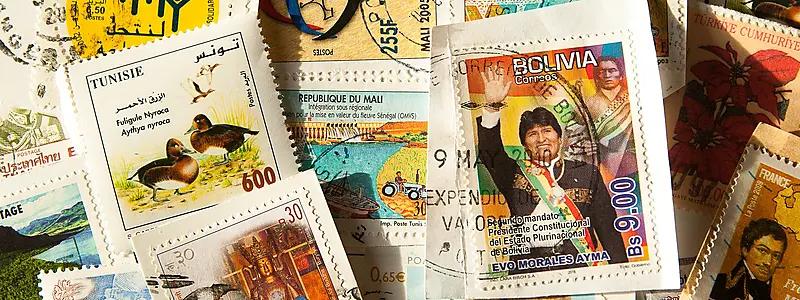When I was a kid, I played a lot of tabletop roleplaying games. Starting (like most) with D&D. I moved on to sci-fi games. In fantasy and far-future settings you have free-reign with the world being built. Soon after I started getting interested in games like Call of Cthulhu and Wild West. Being severely ADHD, I dove deep into the game, and then the background. That was my first experience in creating stories true to the era of history it was set in. My Wild West game didn’t have convenient and durable metal cartridges for the PC’s revolvers and rifles. No, they had nitrated cartridges. For CoC I dove into the world of the 1920s and sprinkled tons of then-current cultural views, technological items, and terms. Did the players care? Not really. But I did.
That brings us to the idea of incorporating real history into your story. History is not a dusty archive of dates and names; it is a living reservoir of human experience. For fiction writers, it offers a wealth of drama, conflict, and emotion waiting to be reshaped into narrative. Mining history for fictional gold means looking beyond the textbook version of events and finding the human heartbeat that can be transformed into story.
The first step in adapting history is to recognize that every event, whether monumental or seemingly minor, carries within it the seeds of narrative. Wars and revolutions are obvious choices, but so too are quieter moments—a forgotten protest, a local tragedy, or the invention of a tool that changed daily life. Writers can choose to focus on the grand sweep of history or zoom in on the intimate details of ordinary people caught in extraordinary circumstances. The key is to identify the spark that resonates personally, because passion for the subject will fuel authenticity in the writing.
Once a historical moment is chosen, the writer must decide how to approach it. Some stories thrive on faithful recreation, where real figures and events are dramatized with dialogue and sensory detail. Others work best when history serves as a backdrop, allowing fictional characters to navigate the upheaval of their time. Alternate history offers yet another path, inviting writers to imagine how the world might have changed if a single decision or outcome had been different. There is also the mythic retelling, where history blends with folklore or speculative elements, creating a narrative that feels timeless and universal.
Research is the foundation of historical fiction, but it should never become a cage. Primary sources such as diaries, letters, and newspapers provide invaluable glimpses into the past, while secondary sources offer context and analysis. Sensory details—what people ate, how streets smelled, what songs were sung—bring authenticity to the page. Yet the writer must resist the temptation to drown in facts. Research should serve the story, not overwhelm it. The goal is to create a believable world, not a textbook.
Humanizing the past is where history becomes fiction. Readers connect with people, not dates. A battle is compelling not because of troop movements but because of the fear in a soldier’s heart or the grief of a family waiting at home. Writers should seek out perspectives that are missing from the official record, giving voice to those overlooked by history. By focusing on emotion, conflict, and personal stakes, the writer transforms abstract events into lived experience.
The alchemy of fiction lies in filling the gaps. Dialogue must be invented, motivations imagined, and relationships explored. Composite characters can simplify complex realities, while “what if” scenarios can open new narrative possibilities. A messenger who never delivers a letter, a scientist whose discovery is suppressed, a family torn apart by loyalty—these are the moments where imagination breathes life into fact.
Balancing truth and invention is delicate. Writers owe respect to the past, especially when dealing with sensitive events. Distorting history for entertainment risks trivializing real suffering. Yet fiction is not bound to literal accuracy. What matters is emotional truth—the sense that the story could have happened, even if it did not. Transparency helps here; an author’s note explaining where fact ends and invention begins reassures readers while preserving creative freedom.
Readers love historical fiction because it makes the past feel alive. It offers fresh perspectives on familiar events and uncovers forgotten stories that deserve attention. It helps us understand the present by revisiting the struggles and triumphs of those who came before. Most importantly, it entertains while satisfying curiosity, blending education with narrative pleasure.
Mining history for fictional gold is ultimately about connection. It is about finding the threads of humanity that run through centuries and weaving them into stories that resonate today. The archives are full of untold tales, waiting for a writer to listen closely and imagine boldly. By combining research with empathy and creativity, fiction writers can transform the raw ore of history into narratives that shine with timeless relevance.









